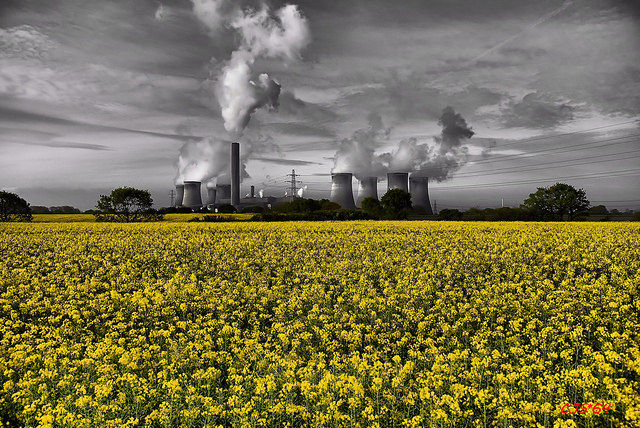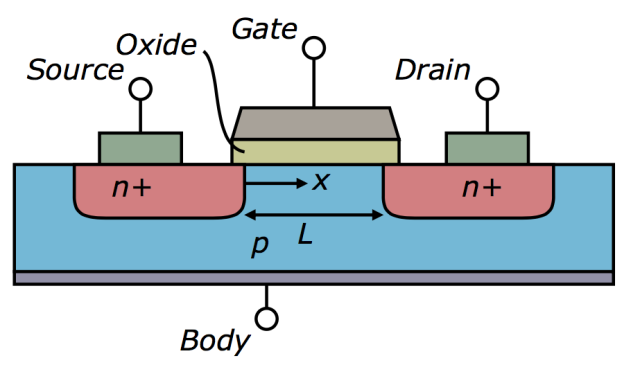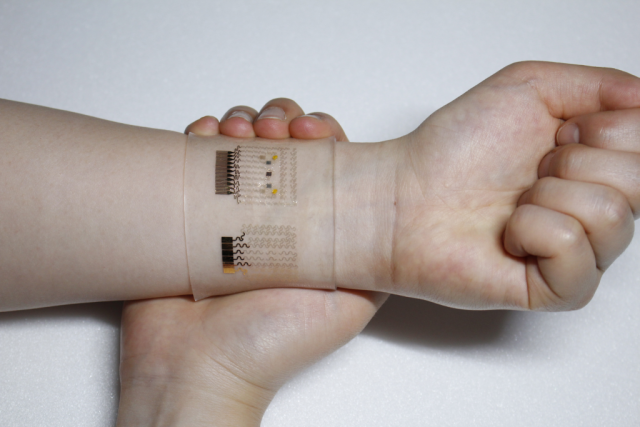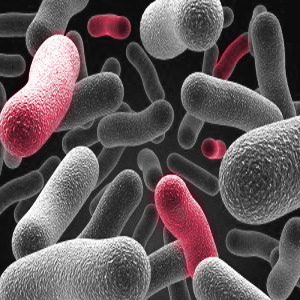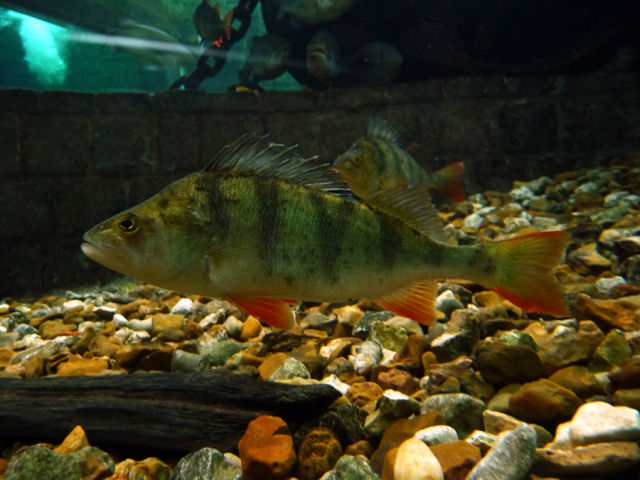
(credit: Wikimedia Commons)
The advent of plastics has given humanity a prominent materials footprint on the world. Plastics provide lots of benefits, such as convenience and low cost, but proper recycling or disposal of plastics is an ongoing challenge.
Most conventional plastics do not undergo appreciable biological degradation. Plastic that is not properly disposed of ends up in the environment, where it breaks down into smaller and smaller pieces. In the ocean, plastic often ends up in fragments less than five millimeters in size.
This microplastic debris can be ingested by marine biota, and it affects life both physically and chemically. But little is known about the overall effect of plastic pollution on marine animals or the mechanisms that would drive any effects. In a recent investigation published in Science, researchers from Sweden explored the influence of plastic microparticles on the development and survival of a fairly typical fish.


